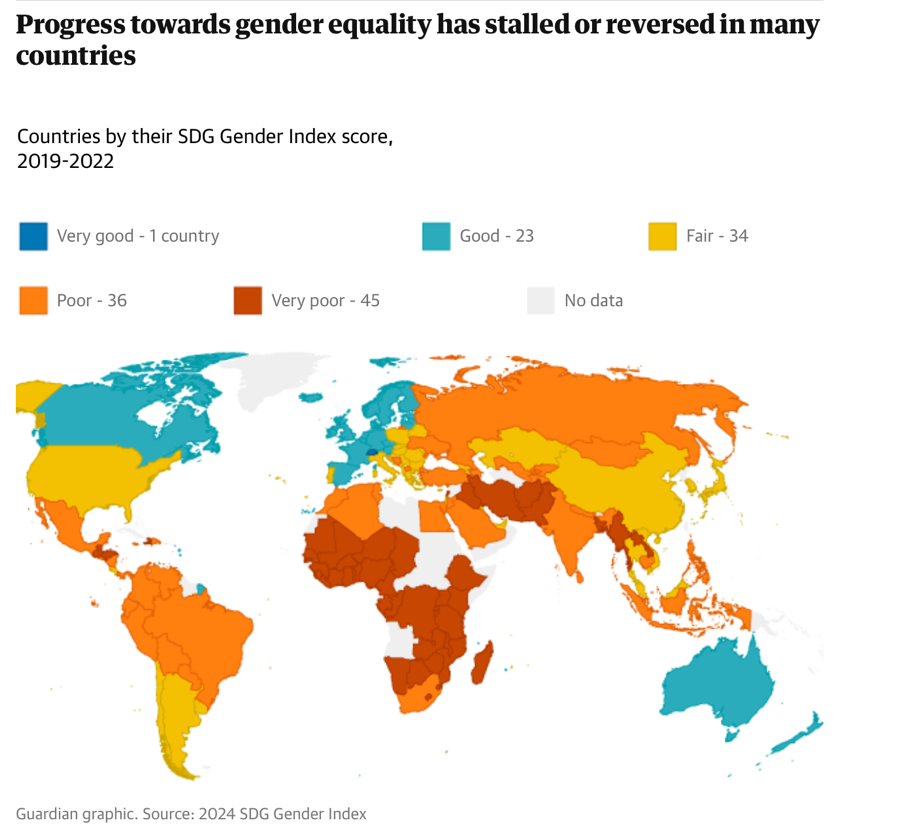Human Rights Day 2024: A Future Rooted in Rights and Equality
- UN House Scotland

- Dec 10, 2024
- 3 min read

Author: Georgiana F Bugeag
UNHS Human Rights Team
At the UNHS, on this Human Rights Day, we highlight the essential role that human rights
play in shaping a just and equitable future for all. The Pact for the Future, formally adopted
as A/RES/79/1 by the United Nations General Assembly on 22 September 2024, is a
breakthrough resolution that places the protection, promotion, and realisation of human rights
at the core of its vision for a just and sustainable global future. The document reaffirms the
principles enshrined in the Universal Declaration of Human Rights, recognising their
universality, indivisibility, and interdependence, and underscores that human rights are
essential for achieving sustainable development and global peace. The resolution reflects the
collective determination of Member States to create a world where dignity, equality, and
justice prevail.
Key Highlights of the Pact for the Future on Human Rights:
Universal Commitment to Human Rights
The Pact reaffirms the foundational commitment to universal human rights, calling for their
protection, promotion, and fulfilment for all individuals without discrimination. It emphasises
that the implementation of this agenda will enhance the full enjoyment of human rights and
dignity for all, a key goal of the United Nations. The universality and indivisibility of human
rights are highlighted as essential principles underpinning the Pact. Furthermore, it declares
the necessity of ensuring freedom from fear and want for all individuals, central tenets of the
UN’s commitment to global human rights.
Building Inclusive and Just Societies
A major focus of the Pact is on fostering inclusive societies grounded in the rule of law,
equality, and justice. It acknowledges the interconnectedness of human rights, sustainable
development, and peace, asserting that these cannot exist independently. Member States
commit to reducing inequalities and eradicating all forms of discrimination, including racism,
xenophobia, and intolerance. The Pact highlights that tolerance, diversity, and inclusion are indispensable for building peaceful communities and ensuring access to justice and equal
opportunities for all.
Gender Equality and Women's Rights
The Pact highlights the importance of gender equality, stating that sustainable development is
unattainable without the full and equal participation of women and girls. It commits to
eliminating all forms of discrimination and violence against women and girls, including
gender-based violence, and ensuring their empowerment across all sectors. The document
highlights the need for targeted investments in education, healthcare, and economic
opportunities to close the gender gap and promote equality.
Human Rights in Armed Conflict
In addressing the impact of armed conflict on human rights, the Pact reaffirms the commitment to protect civilians and uphold international humanitarian law. It strongly
condemns violations such as attacks on civilians, gender-based violence, and war crimes. The
document calls for robust accountability mechanisms to combat impunity for such violations.
Humanitarian principles, including impartiality and neutrality, are key in assisting and
protecting those affected by conflict.
Youth and Vulnerable Groups
The Pact accentuates the need to prioritise the rights and inclusion of youth and other
vulnerable groups in global decision-making processes. It calls for investments in equitable
access to quality education, healthcare, and opportunities for decent work. Ensuring that
youth and marginalised populations can participate meaningfully in society is framed as a
cornerstone of building resilient and equitable communities.
SDGs Through Rights
The resolution explicitly links advancing human rights to achieving the Sustainable
Development Goals (SDGs). It asserts that human rights and sustainable development are
mutually reinforcing, with poverty eradication, access to education, and food security
recognised as integral to the fulfilment of human dignity. The Pact renews the commitment to
ensuring no one is left behind as Member States work towards achieving the 2030 Agenda.
Conclusion
The Pact for the Future (A/RES/79/1) demonstrates the United Nations’ steadfast
dedication to integrating human rights into every aspect of its agenda. By reaffirming the
principles of the Universal Declaration of Human Rights and linking them to contemporary
challenges and goals, the resolution serves as a comprehensive framework for achieving
equality, justice, and dignity on a global scale. The development of this Pact was a
comprehensive two-year endeavour, engaging a diverse array of stakeholders, including
Member States, civil society organizations, and youth representatives. This inclusive
approach ensured that the Pact reflects a wide spectrum of perspectives and expertise,
reinforcing its legitimacy and potential for effective implementation. The document not only
outlines commitments but also provides actionable pathways to ensure that human rights
remain at the forefront of sustainable development and peacebuilding efforts.











Comments